Overview
Map
Other Details
كنيسة سيّدة الإنتقال القديمة
Bqaa Kafra
Bcharre
North
كنيسة سيّدة الإنتقال القديمة - بقاع كفراالكنيسة القديمة يعود تأسيسها إلى نحو سبعمئة عام، تتميّز بالصليب المثلث الأطراف الموجود على عتبة بابها الرئيسيّ، وأيقونة السيّدة التي تعود للقرن السادس عشر، وجرن العماد القديم حيث قبل مار شربل سرّه الأوّل. لم يتوقف اهل هذه البلدة يومًا عن صلاة الفرض الإلهيّ حتى خلال فصل الشتاء القارس، اذ بنوا دهليزًا تحت الارض يصل البيوت بالكنيسة، ولكنّ معظمه قد سقط.سنة ١٩٢٥ دُعِّم العقد القديم ليتحمّل الكنيسة الجديدة فوقه.The old church of Our Lady of Assumption - Bekaa KafraThe old church was built in the XIVth century, it holds a medieval three branched cross on her tympanum. The church also holds the baptismal font of St Charbel, a XVIth century icon of the Madona and ruined catacombs that the local used to get to church during harsh winters to pray the office.In 1925 the new church was built on top of the old one. To accommodate this renewal the old vault was reinforced changing the medieval allure of the old church.
Visited 5171 times, 4 Visits today



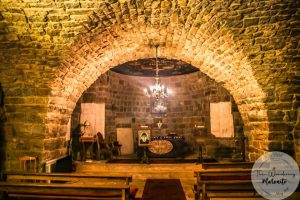
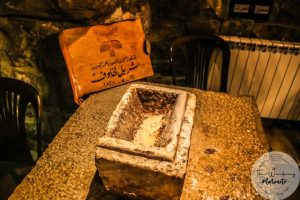
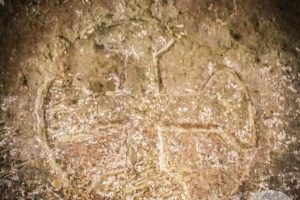
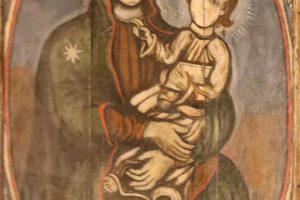
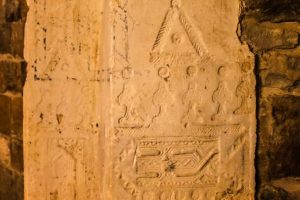





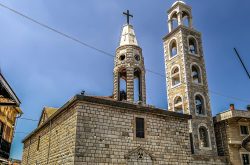
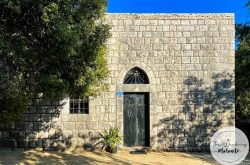
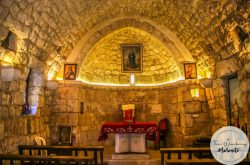
Reviews are disabled, but trackbacks and pingbacks are open.